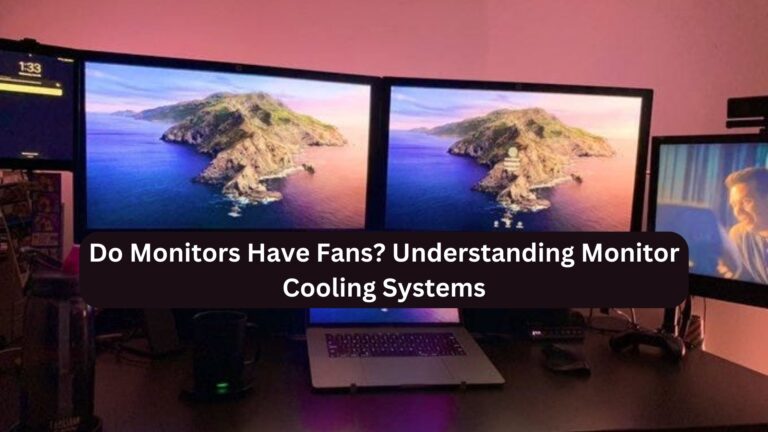Connections Hints: Smart Clues to Solve Without Spoilers
Stuck on the Connections puzzle? Get progressive hints to spot categories while keeping the “Aha!” moment intact.
Connections hints are subtle clues that help players identify relationships between seemingly unrelated items in puzzle games. These hints can be the key to solving challenging connection puzzles by revealing hidden patterns or themes.
What Are Connections Hints?
Connections hints are:
- Clues that suggest relationships between puzzle elements
- Designed to guide players without giving away the solution
- Often presented as word associations, visual cues, or contextual references
Importance of Connections Hints
These hints are valuable because they:
- Reduce frustration by providing gentle guidance
- Help develop pattern recognition skills
- Make complex puzzles more accessible
- Encourage logical thinking and problem-solving
Types of Connections Hints
Common hint formats include:
1. Word Association Hints
- Synonyms or related terms
- Category indicators (e.g., “all are fruits”)
- Letter patterns or anagrams
2. Visual Connection Hints
- Color coding
- Spatial arrangements
- Iconography or symbols
3. Numerical Hints
- Quantity indicators
- Position references
- Mathematical relationships
How to Interpret Connections Hints Effectively
Master hint interpretation by:
- Looking for common themes among items
- Considering multiple meaning of words
- Examining letter patterns or word structures
- Noting any visual similarities
- Thinking outside conventional categories
Strategies for Solving Connection Puzzles
Improve your solving skills with these approaches:
1. The Elimination Method
- Cross out obviously unrelated items
- Group remaining items by possible connections
2. The Category Approach
- Brainstorm possible categories
- Test each category against the items
3. The Wordplay Technique
- Look for homonyms or homophones
- Consider abbreviations or acronyms
- Examine word parts (prefixes/suffixes)
Benefits of Using Connections Hints
Regular use of hints can:
- Sharpen cognitive abilities
- Improve vocabulary
- Enhance lateral thinking skills
- Boost problem-solving confidence
Common Pitfalls to Avoid
When using hints:
- Don’t focus too narrowly on one interpretation
- Avoid overlooking simple connections
- Remember that some connections might be abstract
- Be wary of red herrings or misleading clues
Advanced Hint Interpretation Techniques
For challenging puzzles:
- Look for meta-patterns (connections between connections)
- Consider temporal or sequential relationships
- Examine cultural or historical references
- Analyze phonetic similarities
Creating Your Own Connection Hints
Design effective hints by:
- Starting with the solution and working backward
- Providing multiple levels of hint difficulty
- Ensuring hints are fair and logical
- Testing your hints with others
Digital Tools for Connection Puzzles
Helpful resources include:
- Online puzzle generators
- Thesaurus and word association tools
- Pattern recognition apps
- Puzzle-solving communities
Frequently Asked Questions (FAQs)
1. What exactly are connections hints?
Connections hints are clues that help identify relationships between puzzle elements without directly revealing the solution.
2. How do hints improve puzzle-solving skills?
They train your brain to recognize patterns and think creatively about relationships between items.
3. What’s the best way to start with a connection puzzle?
Begin by scanning all items for obvious groupings, then use hints to uncover less apparent connections.
4. How can I create good connection hints?
Focus on providing progressive clues that lead logically to the solution without giving it away immediately.
5. Are there different types of connection puzzles?
Yes, including word associations, visual connections, categorical groupings, and abstract relationships.
6. What if I can’t solve a puzzle even with hints?
Take a break and return later – fresh eyes often spot missed connections.
7. How do connection puzzles benefit cognitive function?
They exercise memory, pattern recognition, and flexible thinking skills.
8. Can connection hints be visual instead of verbal?
Absolutely – colors, shapes, and spatial arrangements can all serve as effective visual hints.
9. Where can I find quality connection puzzles?
Many puzzle books, apps, and websites specialize in connection challenges at various difficulty levels.
10. How can I improve my connection-solving speed?
Practice regularly, study solved examples, and learn to quickly identify common connection types.
Conclusion:
Mastering connections hints transforms puzzle-solving from frustrating to rewarding. By understanding hint types, developing interpretation strategies, and practicing regularly, you’ll sharpen your ability to uncover hidden relationships in any connection challenge. Whether you’re solving for fun or cognitive exercise, these techniques will enhance your puzzle experience and problem-solving skills.






